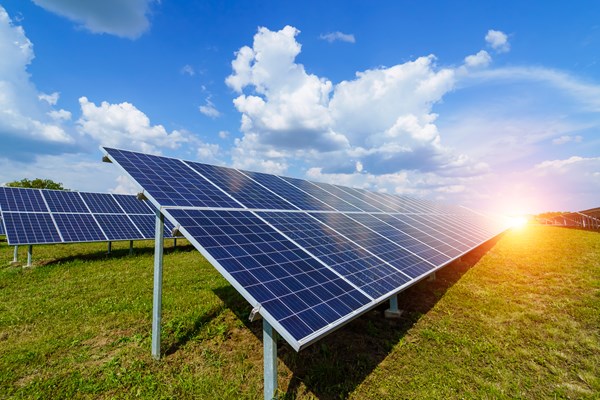What difference does Hawaii’s amended RPS definition make?
Mar 29, 2023

Hawaiian Electric recently published its 2022 Renewable Portfolio Standard Status Report that included the change to the definition of the State of Hawaii’s renewable portfolio standard (RPS). An RPS is a regulatory mandate to increase energy production from renewable sources as alternatives to fossil fuels.
Required by Act 240 of 2022, the new calculation will more accurately reflect the percentage of renewable energy use in the state by including customer-sited generation distributed energy resources (DER) into the denominator of the RPS calculation.
Act 240 also requires the electric utility companies to track and annually report data and trends on customer retention and attrition to further inform the calculation of the RPS. Hawaiian Electric’s 2022 Renewable Portfolio Standard Status Report includes a side-by-side comparison of old and new RPS calculations, which helps illustrate how the change to the definition impacts how our state tracks progress.
For example, under the amended definition, in 2022:
- Oahu generated 28% RPS compared to 34% of net sales
- Hawaii Island generated 48% RPS compared to 60% of net sales; and
- Maui County generated 36% RPS compared to 46% of net sales.

